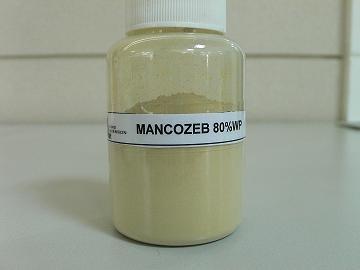Safety valve knowledge overview
Safety valves are important safety accessories for boilers, pressure vessels and other pressure-bearing equipment. Its operational reliability and performance are directly related to the safety of equipment and people, and are closely related to energy conservation and environmental protection.
Definition of safety valve (so-called safety valve includes bleed valve in a broad sense. From the perspective of management rules, it is directly installed on a steam boiler or a type of pressure vessel. The necessary condition is that it must be approved by the technical supervision department. It is a safety valve, and the other is generally called a relief valve. The safety valve and the relief valve are similar in structure and performance, both of which automatically discharge the internal medium when the opening pressure is exceeded to ensure the safety of the production device. Because of this intrinsic similarity, people tend to mix the two when they are used. In addition, some production devices also stipulate which ones can be used in the rules. Therefore, the differences between the two are often neglected. There are a lot of questions. If you want to make a clear definition of the two, you can understand it according to the definitions in the ASME Boiler and Pressure Vessel Code*:
1. Safety Valve An automatic pressure relief device driven by static pressure in front of the valve. It is characterized by a full opening action with a sudden opening. For gas or steam applications.
2, Relief Valve (Relief Valve), also known as the relief valve is an automatic pressure relief device driven by the static pressure of the medium before the valve. It opens proportionally as the pressure exceeds the increase in opening force. Mainly used for fluid applications.
3, Safet Relief Valve (Safet Relief Valve), also known as Safety Relief Valve An automatic pressure relief device driven by medium pressure. It is suitable for both safety valves and bleed valves depending on the application. In Japan, for example, the safety valve and the relief valve are clearly defined. Generally, the safety device used as a large-scale energy storage pressure vessel such as a boiler is called a safety valve, and is installed on a pipe or other facility. It is a relief valve. However, according to the "Technical Standards for Thermal Power Generation" of the Ministry of International Trade and Industry of Japan, important parts of the safety guarantee on the equipment are designated to use safety valves such as boilers, superheaters, reheaters, etc. In the case where the lower side of the pressure reducing valve needs to be connected to the boiler and the turbine, a relief valve or a safety valve is required. In this way, the safety valve requires more reliability than the relief valve. In addition, from the high-pressure gas management rules of the Ministry of Labour of Japan, the regulations of the Ministry of Transport and the associations of ships at all levels, we refer to the definition and regulation of safety emissions, we call the safety valve guaranteed, not guaranteed The valve for emissions is called a bleed valve. In China, whether it is full-open or micro-open, it is collectively called a safety valve.
Mancozeb
It is a dithiocarbamate non-systemic agricultural fungicide with multi-site, protective action on contact. It is a combination of two other dithiocarbamates: maneb and zineb. The mixture controls many fungal diseases in a wide range of field crops, fruits, nuts, vegetables, and ornamentals. It is marketed as Penncozeb, Trimanoc, Vondozeb, Dithane, Manzeb, Nemispot, and Manzane.

Agricultural Mancozeb,Rice Sheath Blight Mancozeb,Pesticides Agricultural Mancozeb,Fungicides Mancozeb
Ningxia Bornstein Import & Export Co., Ltd , https://www.bornstein-agriculture.com